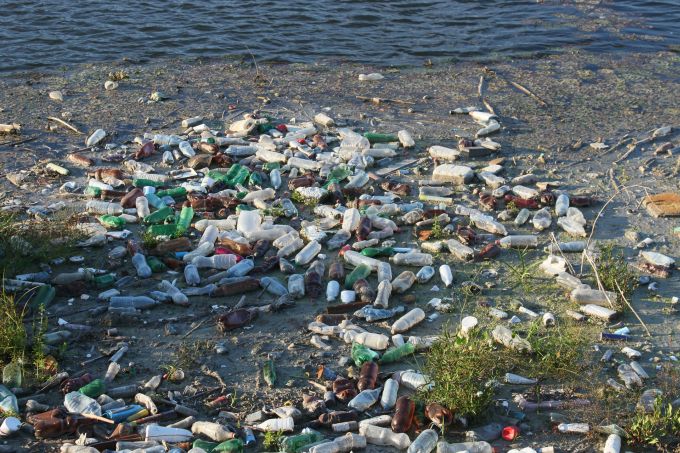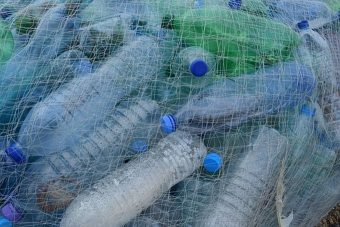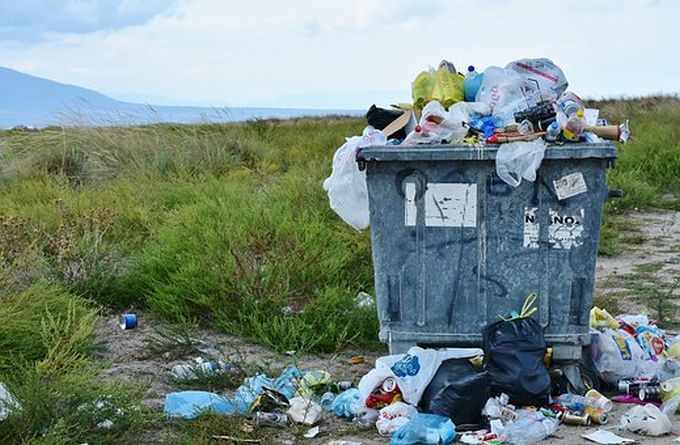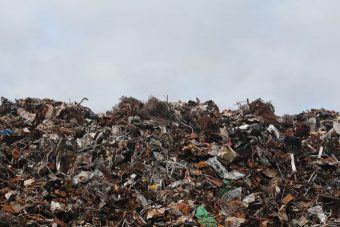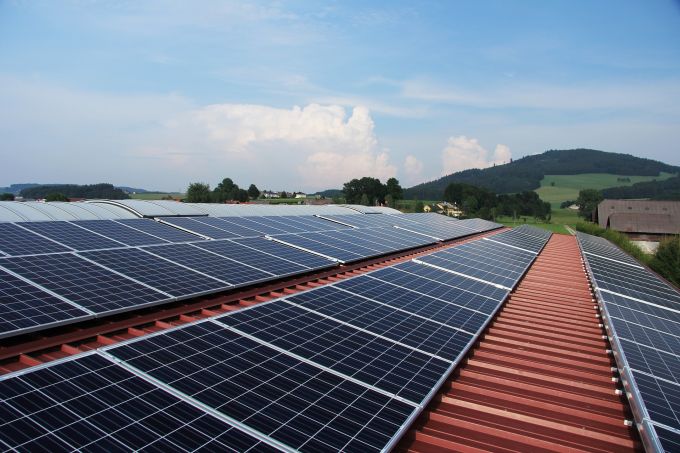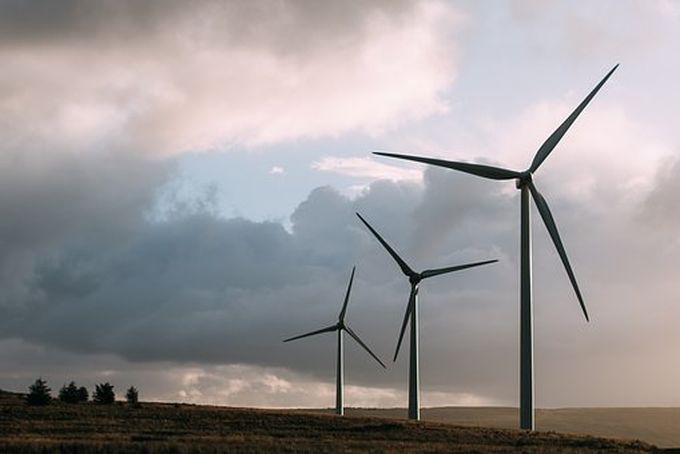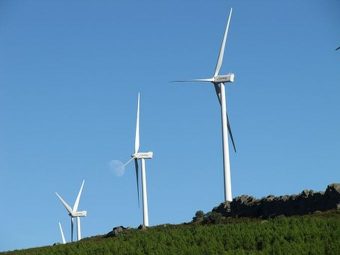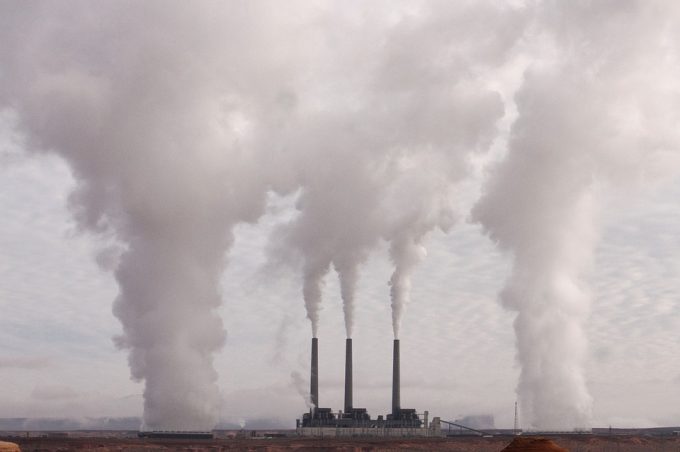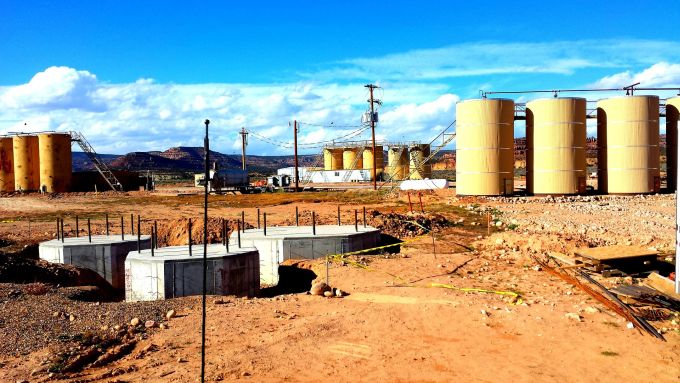
Ever since the first vehicle rolled onto the streets in 1886, the world has had a love-hate relationship with the motor car. Today, with over one billion motor vehicles on the roads around the globe, it sometimes seems as if we cannot escape the pollution, noise and danger that they produce. One day a year is set aside to try and avoiding using cars and cycling, walking or using public transport instead.
Car Free Day, 22nd of September aims to take the heat off the planet for just one day by encouraging people to be less dependent on their cars and try alternatives. Informal car free days took place throughout the 1990s and the first official, global Car Free Day was launched in 2000. Many big cities, like Bogota and Jakarta, close their central roads on this day and fill them with walking and cycling events, and smaller car-free events take place around the world.
Source: daysoftheyear.com



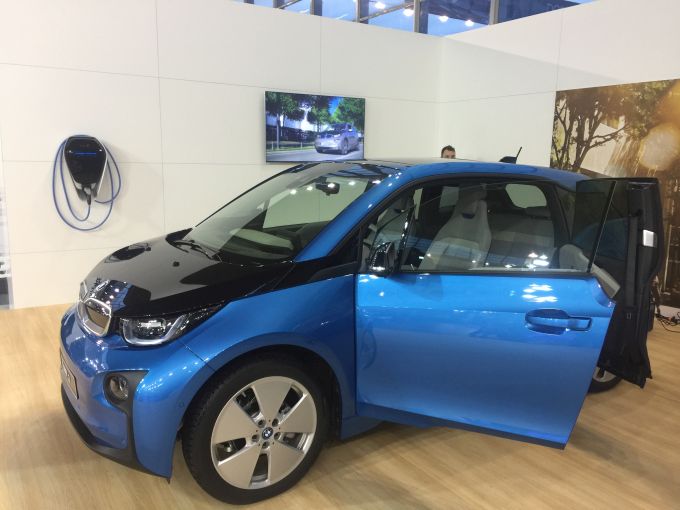
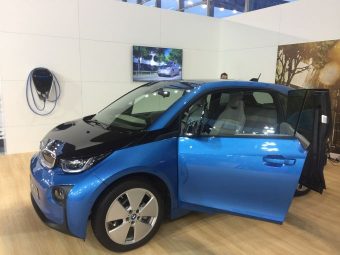
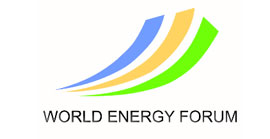
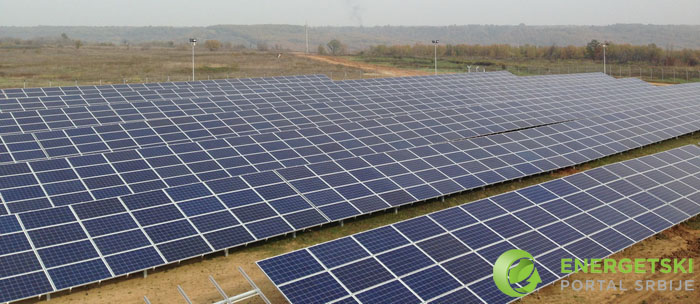

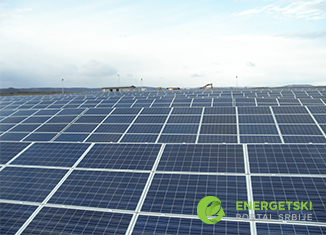
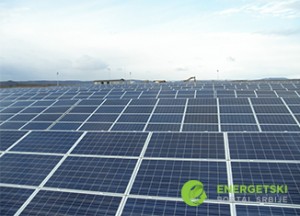 Enel through its subsidiary Enel Green Power Brasil Participaes Ltda. (“EGPB”), has started construction of the 292 MW Nova Olinda solar power plant in Brazil which, once completed, will be the largest in Latin America. The construction of this new facility builds upon EGPBs leading renewable energy presence in Brazil, where the company already runs the countrys largest solar plant currently in operation, Fontes Solar (11 MW), and is building Ituverava (254 MW), which will be Brazils second largest solar project.
Enel through its subsidiary Enel Green Power Brasil Participaes Ltda. (“EGPB”), has started construction of the 292 MW Nova Olinda solar power plant in Brazil which, once completed, will be the largest in Latin America. The construction of this new facility builds upon EGPBs leading renewable energy presence in Brazil, where the company already runs the countrys largest solar plant currently in operation, Fontes Solar (11 MW), and is building Ituverava (254 MW), which will be Brazils second largest solar project.